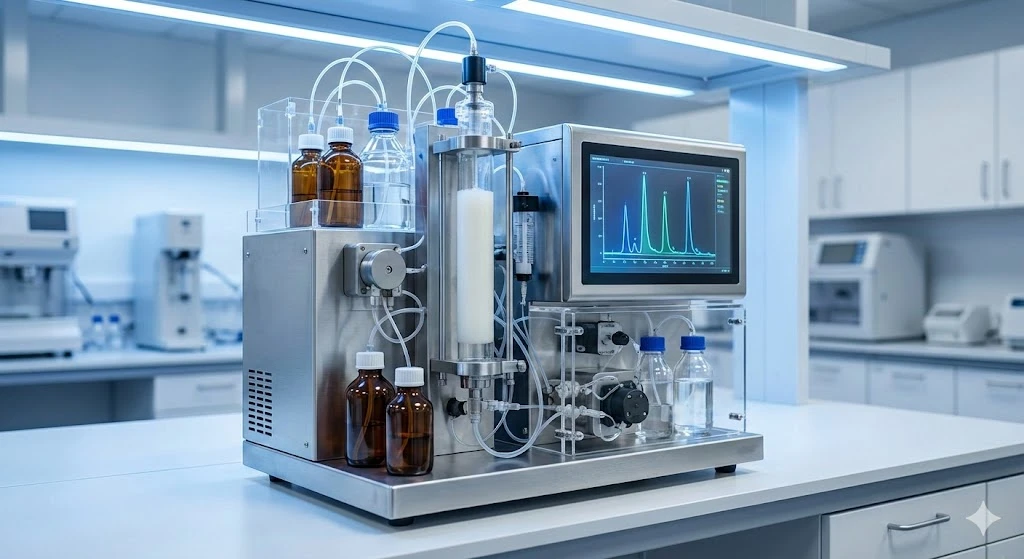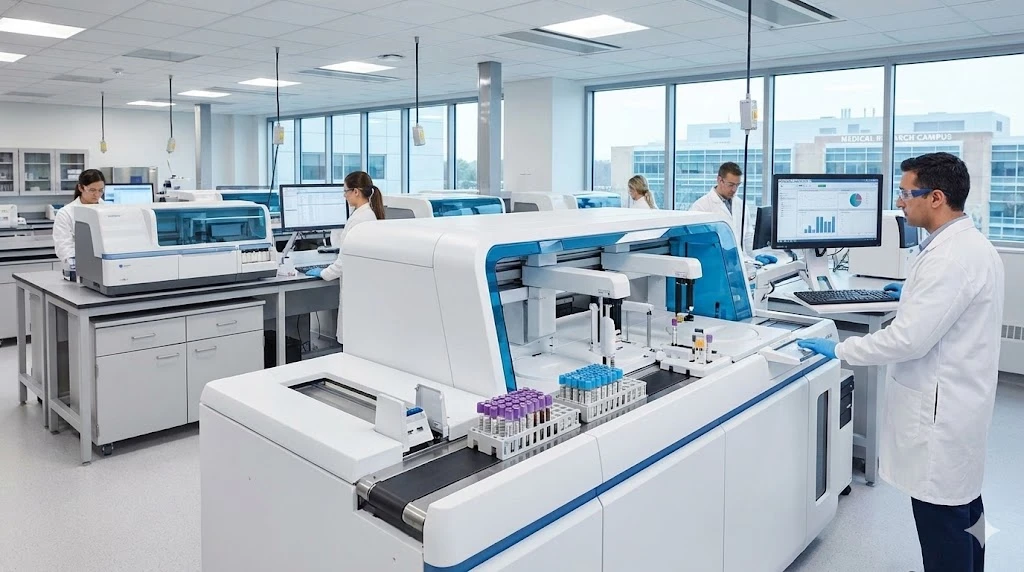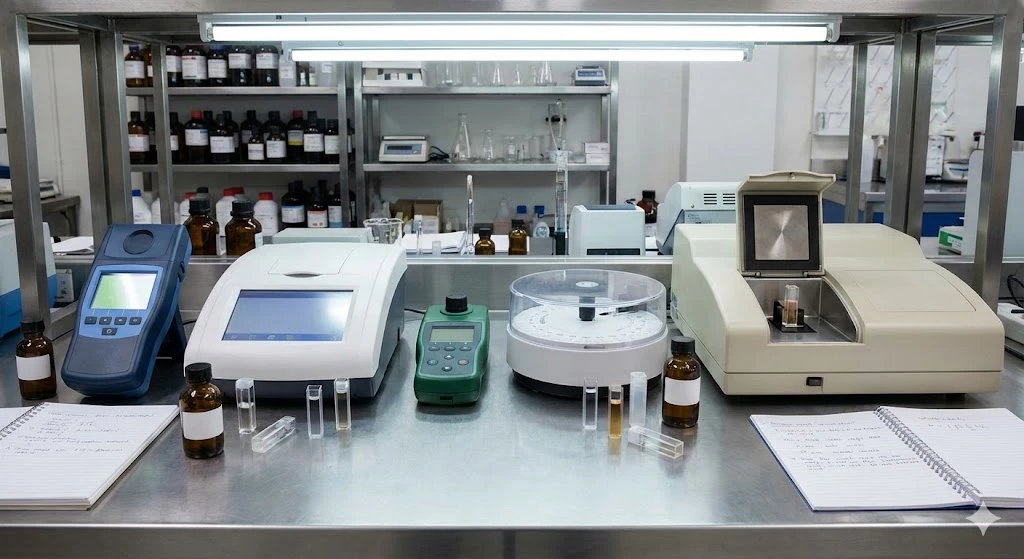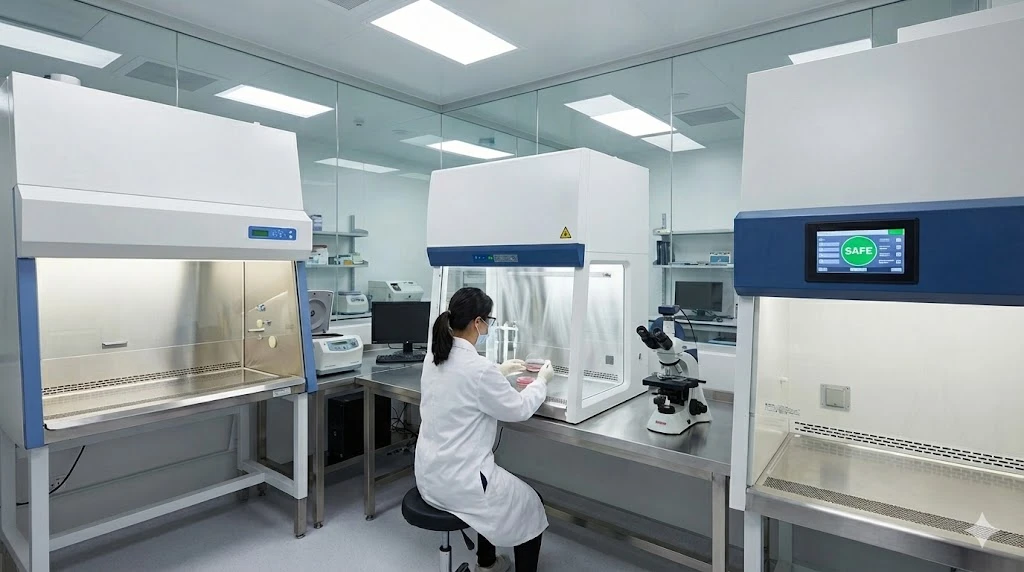Unlocking CBD's Potential: A Deep Dive into Neurological Benefits
ImageFX (2025) Cannabidiol, widely known as CBD, stands as the second most prevalent cannabinoid found in the cannabis plant, playing a pivotal role in the burgeoning field of cannabinoid research. While its cousin, Tetrahydrocannabinol (THC), is infamous for its psychoactive effects, CBD offers a distinctly different profile. It is non-psychoactive, meaning it doesn't induce the "high" associated with cannabis use, making it an attractive candidate for therapeutic applications without altering perception or cognition. The key to CBD's unique activity lies in its interaction with the body's intricate endocannabinoid system (ECS). Unlike THC, which directly binds to and activates CB1 and CB2 receptors, CBD interacts with these receptors indirectly. Instead of direct activation, CBD modulates endocannabinoid signaling, influencing the body's natural cannabinoids and their interaction with the ECS. This nuanced approach allows CBD to exert a broad spectrum of effects, often counteracting some of the less desirable effects of THC while promoting balance within the body's complex regulatory systems. This fundamental difference is what truly sets CBD apart in its medicinal potential. The potential of CBD in addressing neurological conditions is a rapidly expanding area of scientific inquiry, showing prolific promise. A significant breakthrough came with the FDA approval of Epidiolex, the first plant-based CBD prescription drug, for the treatment of severe forms of childhood epilepsy such as Dravet and Lennox-Gastaut syndrome. This landmark approval was swiftly followed by its rescheduling from a DEA Class I to a Class V drug, a move that not only legitimizes its medical use but also paves the way for further critical research and broader prescription access. Beyond epilepsy, preclinical studies, particularly in animal models, have illuminated a wider array of potential neurological benefits. CBD has been consistently linked to: Neuroprotective activities: Protecting brain cells from damage and degeneration. Anti-inflammatory properties: Reducing inflammation in the brain and nervous system, which is often implicated in various neurological disorders. Analgesic effects: Alleviating pain, suggesting its utility as a potential opioid adjuvant or even a substitute, offering a non-addictive alternative for pain management. Furthermore, research indicates CBD's potential in managing mood disorders, including depression, anxiety, and bipolar disorder. Its ability to influence neurotransmitter systems without psychoactive effects makes it a compelling subject for those seeking novel therapeutic avenues for mental health challenges. While the broad range of potential uses is exciting, it's important to acknowledge that definitive information on CBD's exact mechanisms of action, especially on the brain and nervous system, is still emerging. Historically, research has been constrained by regulatory restrictions and limited clinical investigations, but the landscape is rapidly evolving. One of the most intriguing aspects of CBD's therapeutic profile is its ability to interact with numerous receptor systems in the brain, extending far beyond the traditional cannabinoid receptors (CB1 and CB2) primarily targeted by THC. This "promiscuous receptor binding" activity, coupled with its modulation of endocannabinoids through the inhibition of breakdown enzymes, is believed to underpin its wide-ranging applications. Here's a closer look at some key interactions: Indirect CB1 Receptor Activation: CBD indirectly and preferentially activates CB1 receptors. This unique interaction is crucial because it enhances neuroprotective and anti-inflammatory processes without triggering the memory loss, paranoia, or other psychoactive effects typically associated with THC's direct CB1 binding. Opioid and Dopamine Receptor Affinity: CBD demonstrates affinity towards both opioid and dopamine receptors. This interaction is particularly significant for understanding its observed impact on pain relief, addiction, and reward-seeking behavior or drug cravings. By influencing these pathways, CBD may offer a novel approach to managing chronic pain and supporting recovery from substance use disorders. Serotonin 1A Receptor Activation: A particularly notable interaction is CBD's activation of the serotonin 1A receptor. This specific mechanism is believed to account for a substantial portion of CBD's medicinal applications, including: Alleviating opioid dependence. Reducing neuropathic pain. Mitigating symptoms of depression and anxiety. Combating nausea and vomiting, especially those induced by chemotherapy. Addressing negative symptoms associated with schizophrenia. This multifaceted interaction with various neuroreceptor systems highlights CBD's complexity and its potential to influence a wide array of physiological and psychological processes. The ongoing surge in clinical trials and scientific investigations into CBD's therapeutic potential signals a transformative era in medicine. As research progresses, the true medicinal qualities of CBD are steadily coming to light, moving beyond anecdotal evidence to robust scientific validation. The implications of these discoveries are profound, particularly for the treatment of challenging disorders where current alternatives are limited or ineffective. From severe forms of epilepsy to chronic pain, mood disorders, and addiction, CBD offers a glimmer of hope for patients and healthcare providers alike. The scientific community is actively working to unravel the full spectrum of its mechanisms, optimize dosing strategies, and identify the specific patient populations who stand to benefit most. As our understanding deepens, CBD is poised to become a more integrated and impactful component of modern therapeutic strategies. Read more about the latest advancements in cannabinoid research. In conclusion, Cannabidiol represents a frontier in natural medicine, with its unique non-psychoactive profile and diverse interactions within the brain's complex receptor systems. The journey from a lesser-known cannabinoid to a recognized therapeutic agent, exemplified by FDA-approved medications and a growing body of research, underscores its significant promise. As scientific exploration continues, CBD's role in neurological health and beyond is set to expand, offering new possibilities for patient care. Ready to advance your research or explore cutting-edge laboratory equipment for cannabinoid analysis? Visit LabX today to discover a world of innovative solutions. What is the primary difference between CBD and THC?
The main distinction lies in their psychoactive properties: THC is psychoactive and produces a "high," while CBD is non-psychoactive and does not alter perception. Their interaction with the body's endocannabinoid system also differs, with THC directly binding to receptors and CBD modulating them indirectly. How does CBD affect the brain's receptors?
CBD interacts with a wide range of receptors beyond just CB1 and CB2. It indirectly activates CB1 receptors, influences opioid and dopamine pathways, and notably activates the serotonin 1A receptor, contributing to its diverse therapeutic effects on pain, mood, and neurological function. Is CBD legal and FDA-approved for medical use?
While CBD products derived from hemp (containing less than 0.3% THC) are federally legal in the U.S., the FDA has only approved one cannabis-derived CBD prescription drug, Epidiolex, for specific seizure disorders. Other CBD products are largely unregulated, and their legality can vary by state and country. What neurological conditions show promise for CBD treatment?
Emerging research suggests CBD holds promise for various neurological conditions, including severe forms of epilepsy (like Dravet and Lennox-Gastaut syndromes), chronic pain, anxiety, depression, and potentially neurodegenerative diseases due to its neuroprotective and anti-inflammatory properties.
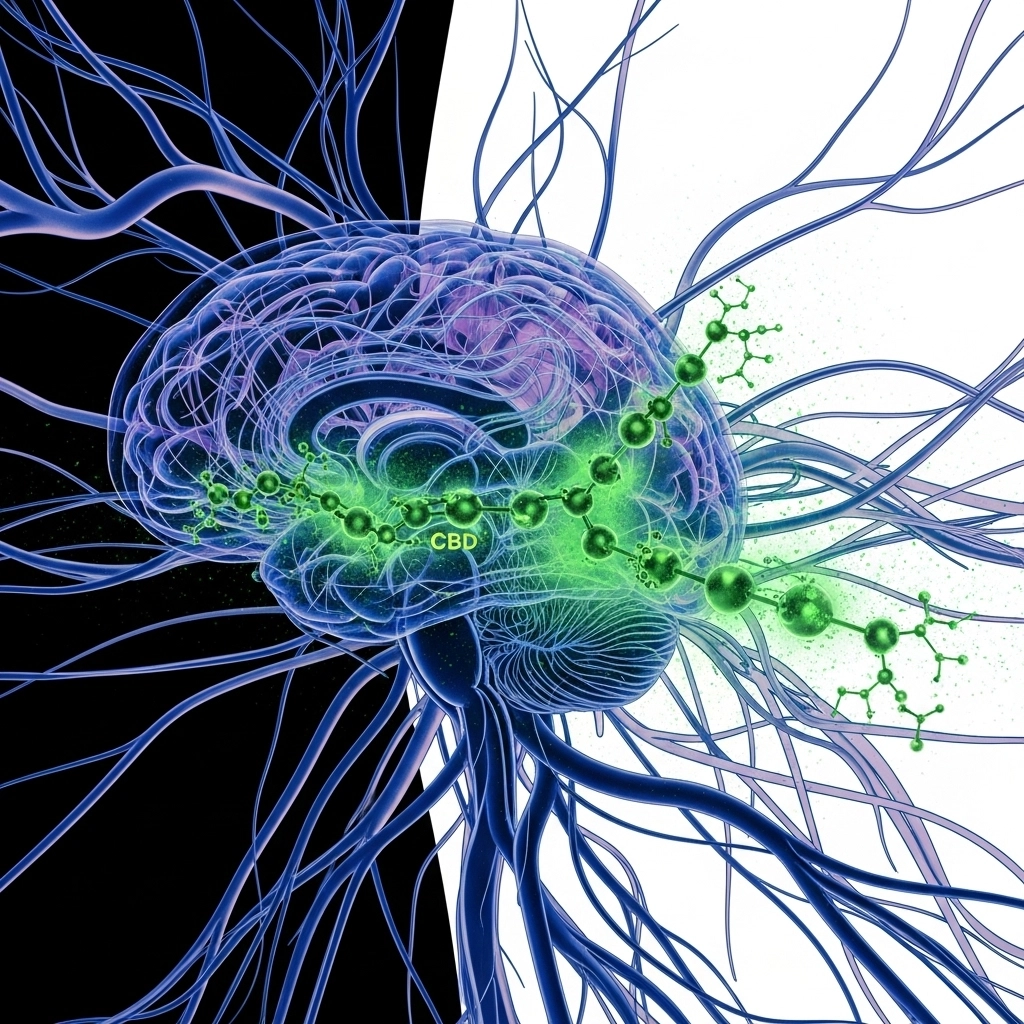
CBD's Promise in Neurological Health
How CBD Interacts with Your Brain: A Deeper Dive into Receptors
The Future of CBD Therapeutics: Clinical Insights and Potential
Frequently Asked Questions



